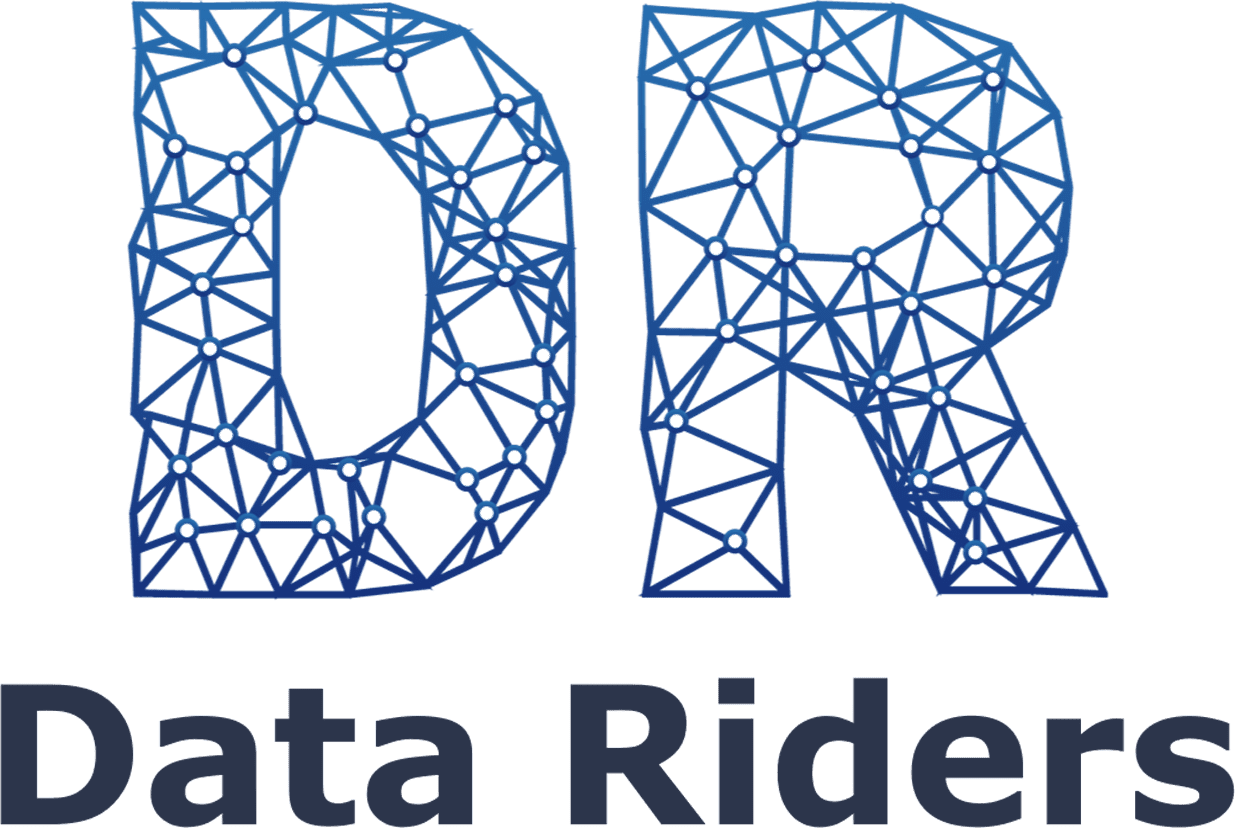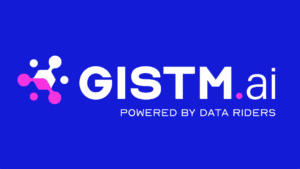Integrating water management with GISTM principles to increase the safety of tailings structures
The mining industry, known for its intensive use of natural resources, faces the critical task of managing tailings structures safely and responsibly. The Global Industry Standard for Tailings Management (GISTM) provides a comprehensive framework for ensuring that these structures are designed, constructed, and operated in a way that minimizes risks to people and the environment. Water management, being an integral part of tailings structures, plays an essential role in compliance with the GISTM Principles. This article explores how water management connects to GISTM Principles 2, 5, and 6, highlighting its importance and application in the mining sector.
Principle 2: Develop and maintain an interdisciplinary knowledge base to support safe tailings management
General Description:
Principle 2 emphasizes the need to develop a comprehensive, interdisciplinary knowledge base throughout the entire life cycle of a tailings structure. This includes understanding the social, environmental, and economic context in which the structure operates. Regular updates and documentation of this knowledge ensure that decisions are made based on the most up-to-date and relevant information.
Connection to water management:
Water management is a critical component of this knowledge base. Understanding the hydrological and hydrogeological conditions is essential to assess the impact of water on the tailings structure. This involves data on surface and groundwater flow, water quality, and possible sources of contamination.
Importance:
Water management under Principle 2 is vital, as it directly affects the stability and integrity of tailings structures. Accurate water data helps predict and mitigate risks associated with infiltration They also assist in the design of effective water control systems to deal with excess water in heavy rainfall or snowmelt events.
Application:
To apply Principle 2, mining operators must conduct regular hydrological assessments and integrate the results into their tailings management plans. This involves the installation of monitoring wells, water quality testing, and modeling of water flow scenarios. Continuous learning and adaptation based on new data and technological advances are key to maintaining the safety of the structure.
Principle 5: Implement systems and procedures for effective water management
General Description:
Principle 5 deals with establishing robust systems and procedures to manage risks at all stages of a tailings structure’s lifecycle—including design, construction, operation, and closure—ensuring that each phase effectively addresses potential risks.
Connection to water management:
Effective water management systems are at the heart of Principle 5. These systems must address water balance, control, and water treatment throughout the entire life cycle of the structure. This involves managing water inlets and outlets, ensuring that there is no excessive build-up that compromises structural integrity.
Importance:
Implementing comprehensive water management procedures ensures that the tailings structure can withstand extreme weather conditions and prevents water-associated dam failures. Proper water management also helps to maintain compliance with environmental regulations and protect the surrounding ecosystems.
Application:
Mining operators must develop detailed water management plans, which include strategies for water diversion, storage and treatment. Regular inspections and maintenance of water control structures, such as spillways and drainage systems, are necessary to ensure their proper functioning. It is also essential to invest in real-time monitoring technologies for water levels and quality, to react quickly to any anomalies.
Principle 6: Include new technologies and emerging approaches in tailings structure management
General Description:
Principle 6 encourages the adoption of new technologies and emerging approaches to improve the design, construction, and operation of tailings structures. This proactive approach ensures that structures are managed with the latest advancements for greater safety and efficiency.
Connection to water management:
Innovative water management technologies are essential in the context of Principle 6. This can include advanced water treatment systems, real-time monitoring technologies, and predictive modeling tools that aid in effective water management and risk mitigation.
Importance:
The adoption of cutting-edge technologies for water management can significantly reduce the risks associated with tailings structures. These technologies offer greater accuracy in data, early warning systems for potential failures, and efficient solutions for treating contaminated water — thus protecting the environment and human health.
Application:
Mining companies must stay up-to-date on the latest advancements in water management technologies and integrate them into their operations. This may involve partnering with technology providers, conducting pilot projects to test new solutions, and training teams to use these technologies. Periodic reviews and updates of water management plans, incorporating these innovations, ensure the continuous improvement of the safety of structures.
Conclusion
Water management is an essential aspect for the safety of tailings structures and plays a central role in compliance with GISTM Principles 2, 5 and 6. By developing a solid knowledge base, implementing effective systems and procedures, and adopting new technologies, the mining industry can strengthen the safety and integrity of its tailings structures. These efforts not only protect the environment and communities, but also contribute to the sustainable development of the mineral sector.







